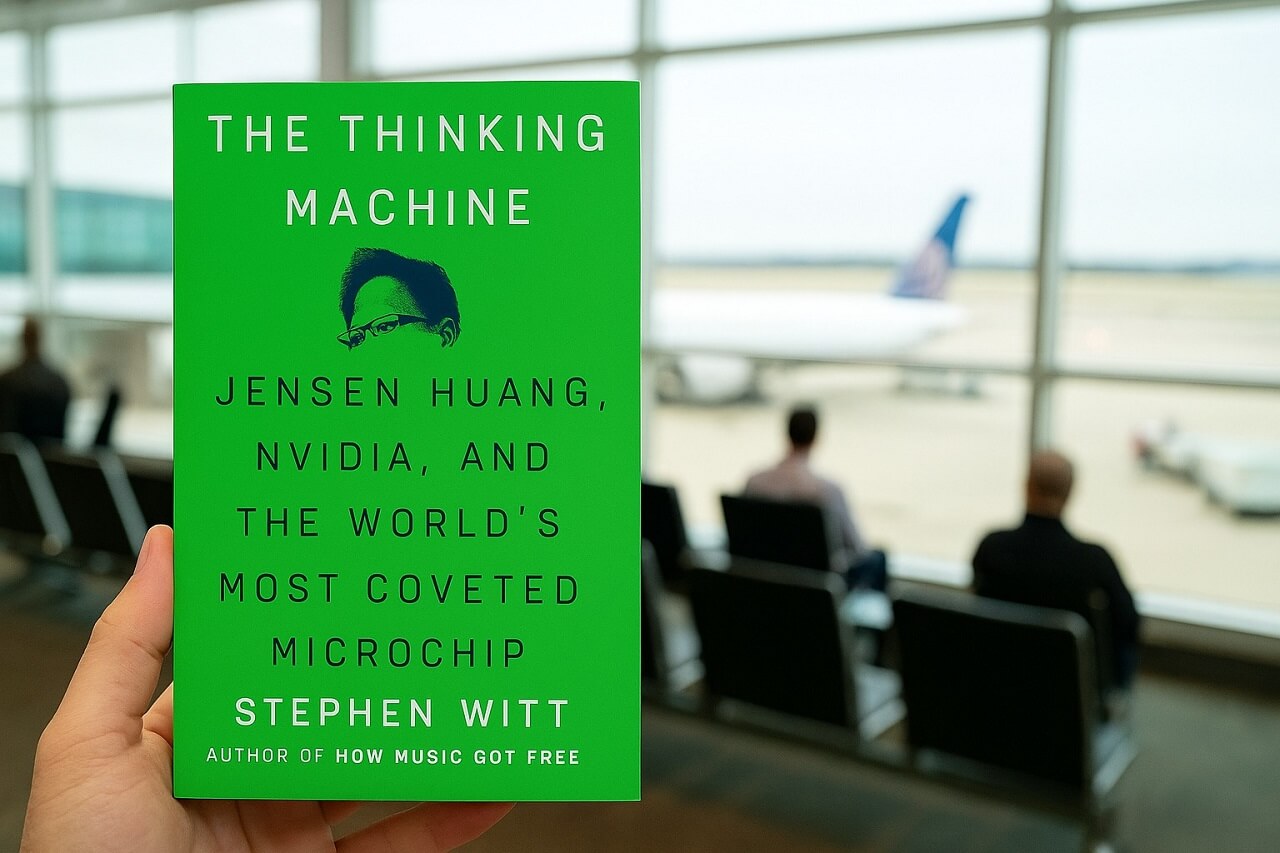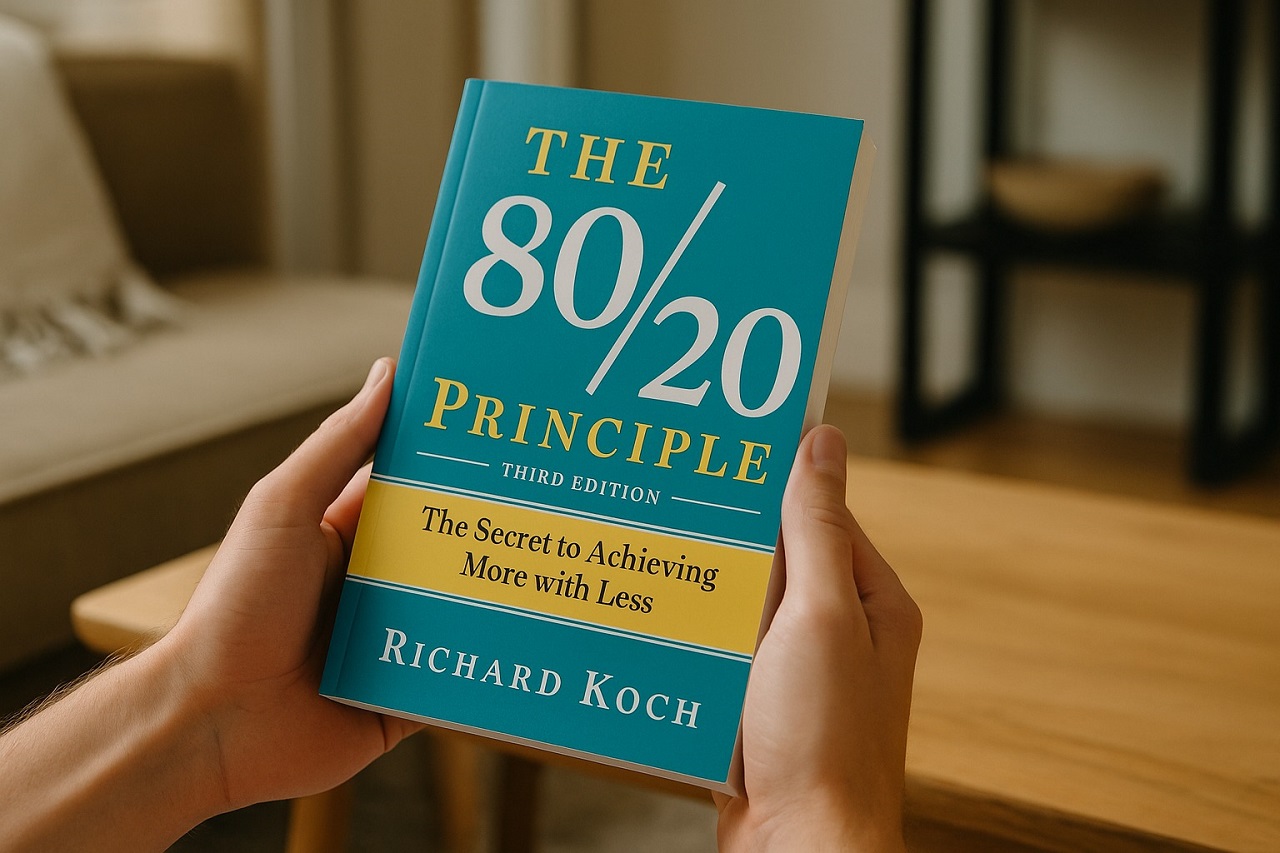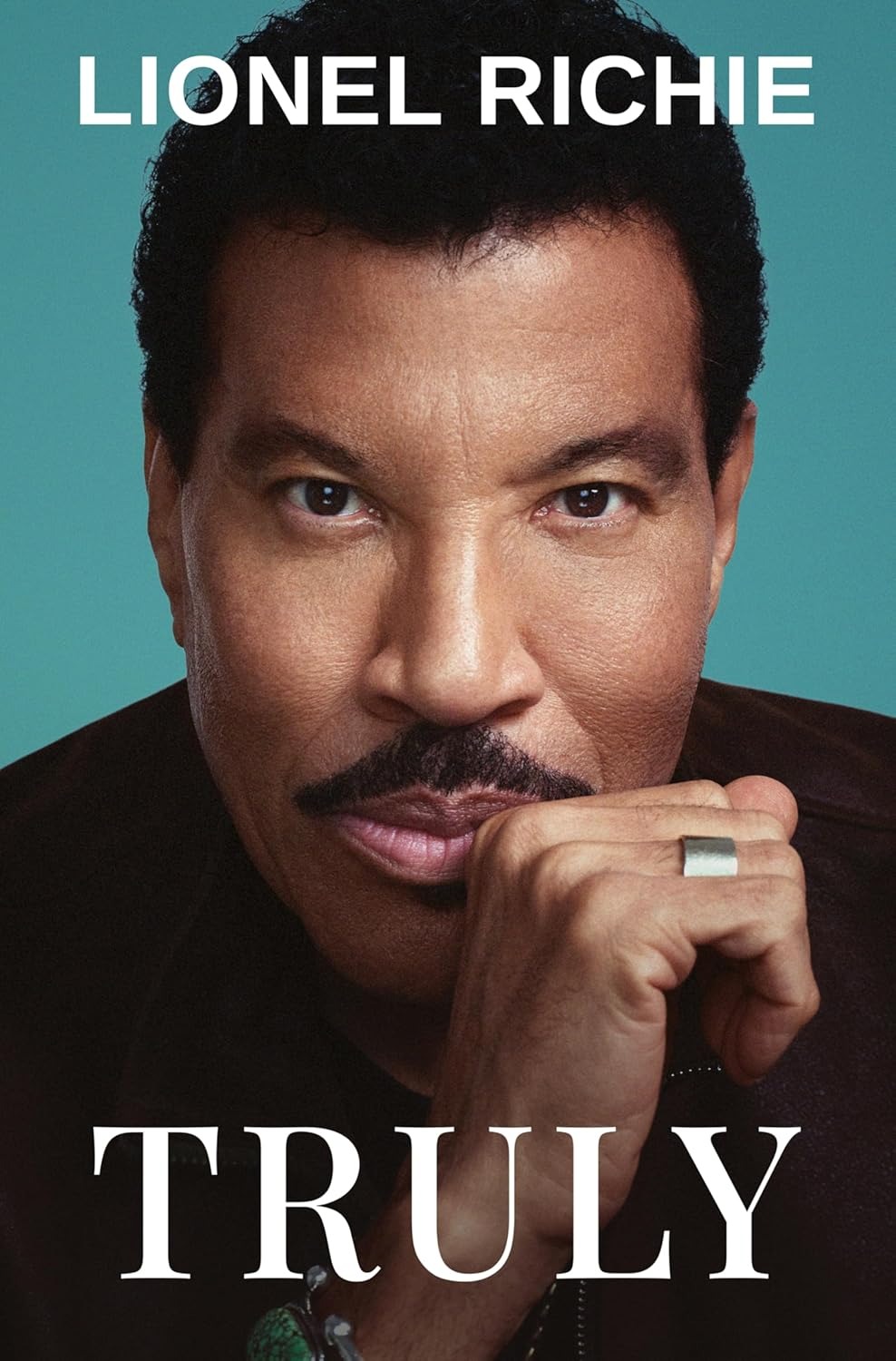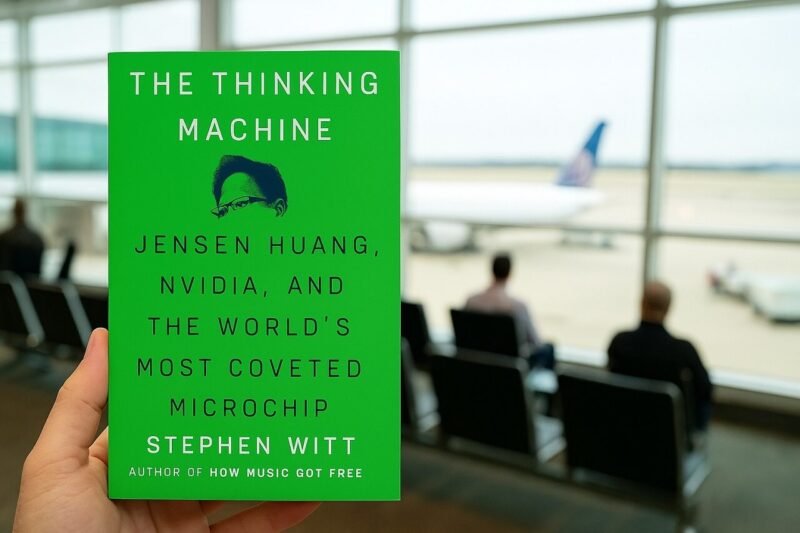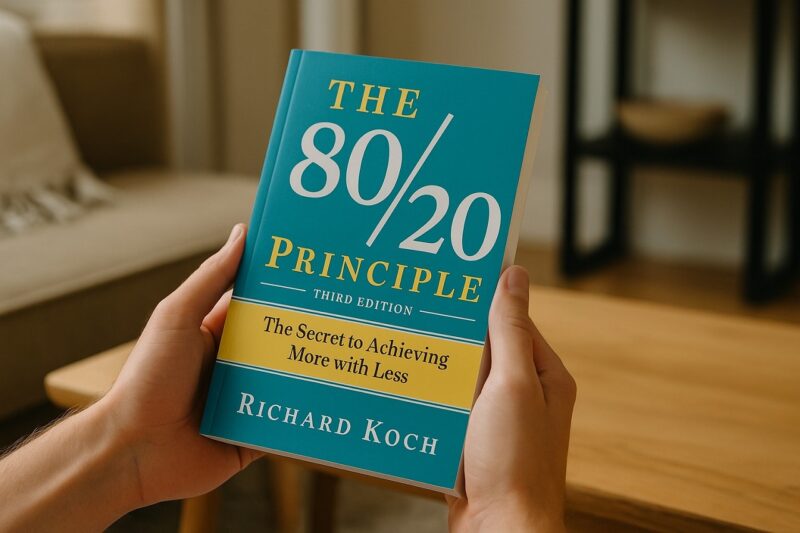
Share Post:
Fans have long debated which fantasy franchise reigns supreme: Harry Potter or The Lord of the Rings.
Both series have helped shape the modern fantasy genre in drastically different ways.
One offers a schoolboy’s rise against evil, the other a mythic quest against corruption. Instead of deciding which is better, it’s more interesting to see what each has contributed to the genre’s endurance and imagination.
Table of Contents
ToggleOrigins and Legacy
Harry Potter entered public consciousness in the late 1990s when J.K. Rowling introduced readers to a boy living under the stairs who discovers his magical identity.
Framed around themes of friendship, courage, and moral choice, the series became more than a publishing success. It turned into a rite of passage for a generation.
Children who may have never touched fantasy before suddenly found themselves devouring seven volumes and eagerly anticipating midnight book releases.
Impact wasn’t confined to bookstores. Rowling’s world created a multimedia wave. Fans engaged in every form of media, from digital games to cosplay, to entire theme parks. It transformed how fantasy intersected with pop culture, education, and merchandise.
Key contributions from Harry Potter include:
- Made fantasy accessible to young readers unfamiliar with the genre
- Created an ongoing franchise through books, films, games, and theme parks
- Sparked a cultural movement involving fan fiction, internet forums, and custom screen printed shirts
- Invited social discussions about identity, justice, and trauma
Lord of the Rings found its beginnings in the 1950s with J.R.R. Tolkien, a scholar and veteran who crafted Middle-earth with the precision of a historian.
Fantasy changed forever. Elves, orcs, quests, and dark lords became staples across literature and media.
Tolkien’s influence still echoes today in nearly every high fantasy series, game, and film.
His academic background infused the series with depth and credibility, giving readers something that felt timeless and monumental.
Enduring contributions from Lord of the Rings include:
- Established the foundation for modern high fantasy
- Introduced worldbuilding techniques used in literature and cinema
- Gave depth to mythical races and epic themes of temptation and sacrifice
- Influenced academics, linguists, and even modern game designers
Storytelling and Structure
Harry Potter begins as a lighthearted magical adventure but gradually evolves into a narrative filled with:
- Loss
- Trauma
- Warfare
Spanning seven books, the series mirrors its audience’s growth, letting readers age alongside the characters.
Critics and fans often note tonal inconsistencies. As the narrative shifts from whimsical to militaristic, moments of joy get overshadowed. Still, that unevenness often reflects the chaotic nature of adolescence and real-world change.
Structural elements in Harry Potter:
- Seven-book arc aligned with school years
- Blend of magical learning and larger war plot
- Gradual tonal shift from innocence to grim maturity
- Use of mystery as a driver in early books
The Lord of the Rings flows as a singular narrative split across three volumes. Unlike Rowling’s episodic approach, Tolkien focuses on thematic cohesion.
Each chapter builds toward moral resolution through fate, sacrifice, and power. There’s a deliberate pace, reflecting oral storytelling and ancient epic formats.
Symbolism and motifs carry through without abrupt changes. Characters, plot, and world develop with narrative discipline, shaped by Tolkien’s classical training and mythological interests.
Key structural qualities in Lord of the Rings:
- Unified narrative with consistent tone and direction
- Mythic structure echoing classic epics and folklore
- Rich thematic layering of good, evil, and fate
- Symbolic and philosophical coherence
Characters and Development
Harry Potter fits the classic “Chosen One” arc. His development relies heavily on external pressures rather than internal struggle. While he experiences loss and growth, his moral compass remains steady.
Flaws exist but often feel shallow compared to his symbolic status.
Samwise Gamgee, as Tolkien once argued, is the true hero of Middle-earth. His loyalty, suffering, and triumph create a deeply resonant arc.
Other characters, including Frodo, Aragorn, and Gollum, bring forward intense personal conflict and transformation. Complex emotions, temptation, and moral consequence define their paths.
In supporting casts, Harry Potter presents dozens of memorable names. However, many secondary characters receive only surface-level attention.
Lord of the Rings offers a fully fleshed-out Fellowship, each undergoing growth and introspection.
Gandalf’s evolution alone eclipses multiple HP arcs combined.
LOTR holds greater weight in emotional depth and character transformation. HP shines in creating instantly iconic figures, though some lack development over time.
Worldbuilding and Setting
Harry Potter mixes magical spaces with modern Britain, creating an accessible world that feels both magical and familiar. Hogwarts becomes an anchor of mystery, tradition, and personal growth. Early books paint a vivid picture of magical daily life. However, as the series shifts into war narrative, the imaginative foundation begins to fade.
Middle-earth offers complete immersion. Languages were invented for its peoples. Entire histories predate the story. Cultures, legends, and landscapes feel ancient and interconnected. The setting enhances every narrative thread, each location layered with symbolism and cultural context.
Middle-earth wins on scale and complexity. Potter’s world excels in creating a personal connection, especially in early installments, but fades in consistency as conflict escalates.
Villains and Moral Themes
Voldemort serves as a menacing presence shaped by ideology, fear, and personal trauma.
Readers see his rise, choices, and obsession with power. He is more than evil incarnate – he is a warning.
Characters like Snape and Draco complicate the enemy lines, challenging black-and-white morality.
Redemption and sacrifice echo through each volume, especially in figures who resist darkness despite scars.
Notable elements of Harry Potter’s moral structure:
- Central antagonist with depth and backstory
- Themes of sacrifice, loyalty, and identity
- Grey morality shown through Snape, Draco, and Dumbledore
- Emphasis on personal choice over destiny
Sauron isn’t a villain to be reasoned with. He represents a corrosive force, hollowing those who touch power.
Corruption flows not through his words, but through influence. Saruman’s betrayal, Denethor’s despair, and Gollum’s internal war show the impact of evil on the soul.
Frodo’s decline and Gollum’s fall reflect the slow-burning cost of ambition.
LOTR’s portrayal of evil includes:
- Sauron as abstract, unrelenting malevolence
- Evil shown through influence, not monologue
- Gollum and others as tragic warnings, not caricatures
- Spiritual decay rather than physical violence
The Bottom Line
Harry Potter and The Lord of the Rings show different visions of fantasy. One connects to personal experience and growth. The other reaches into timeless mythology and moral conflict.
Rather than competing, they complement each other, one inviting young readers to believe in magic, the other showing how legends carry truth across time.
Fantasy thrives on both fronts, and the debate continues not because one must win, but because both refuse to fade.
Related Posts:
- Why Manacled Stands Out Among Harry Potter Fanfiction
- Best 8 Must-Read World War II Books for 2025
- Is the Book of Erotic Fantasy Worth It? An Honest Take
- The Evolution of Fantasy Literature - From Tolkien to Today
- Epic Fantasy Series That Will Transport You to Other Worlds
- Fantasy Books Without Romance – Pure Worldbuilding Only








